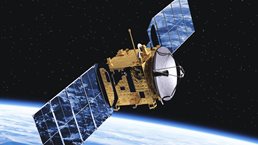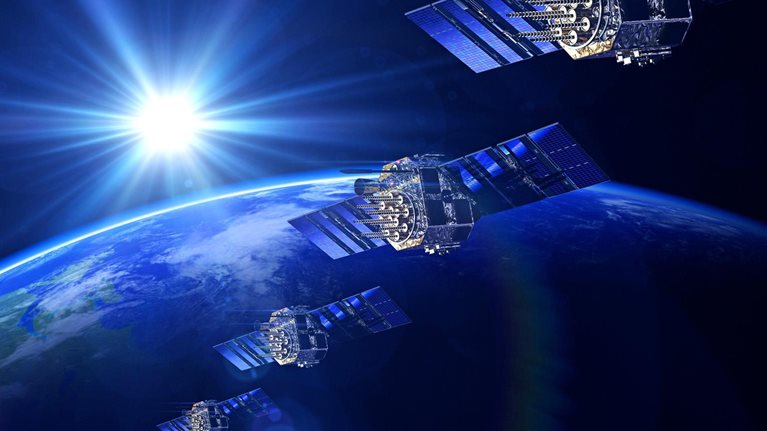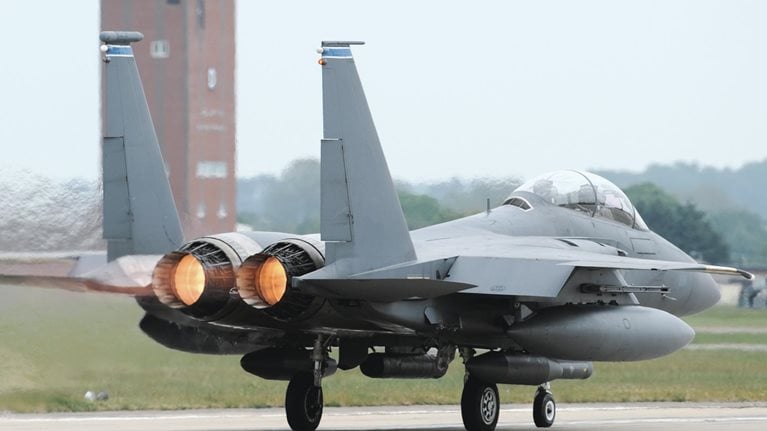Over the past few years, some of the most notable achievements within the space sector have come from private companies, including “new space” players that have entered the market since 2000. Among other advances, these companies have enabled the first all-civilian mission to orbit, the ongoing development of potential successors to the International Space Station, and a decrease in launch costs. Their R&D pipelines remain strong, and they are now piloting more innovative use cases, such as on-orbit manufacturing and refueling.
These developments raise an important question that serves as the focus of this article: How has space R&D funding evolved as the commercial sector increased its involvement? We examined data for R&D spending to identify important trends, including how commercial-sector contributions to space-sector R&D have scaled and how they compare to government contributions.
Would you like to learn more about our Aerospace & Defense Practice?
An evolving funding environment
Although the US federal government remains the major source of funding for space R&D, the growth of commercial investment has been impressive. Investment in new space companies now accounts for an estimated $5 billion to $6 billion per year in space R&D funding—up from less than $1 billion only a decade ago (Exhibit 1). Some of these companies receive funding from investment firms (private equity or venture capital), while others are backed by their wealthy founders. Profits, if any, may be reinvested in further R&D.

Legacy or traditional aerospace and defense (A&D) companies largely rely on government R&D funding that comes in two forms: direct payments (customer-funded R&D) or recovery of a portion of their expenses for independent R&D (IRAD) through overhead rates. In consequence, the incremental contribution of such companies to total sector R&D is estimated at less than $1 billion per year.1
The growing role of commercial space companies
Over the past five years, commercial R&D spending within the space sector has risen by 22 percent annually—more than double the 10 percent increase for US government spending. But the situation is reversed for absolute funding, since US government R&D spending, at about $12 billion per year, still far outweighs the approximately $6 billion from commercial R&D. Overall, R&D spending in the space sector is increasing by about 13 percent annually.

Expectations versus reality: Commercial satellite constellations
The government’s contribution as a percentage of total R&D funding has been falling, despite absolute dollar increase. From 2010 through 2013, it accounted for about 90 percent of total R&D investment. That figure rapidly decreased from 2014 through 2017, when it hit 65 percent (Exhibit 2). Over the past few years, the percentage split for public- and private-sector funding has roughly stabilized, with government contributing about two-thirds of the total and commercial companies about one-third.

The president’s budget request for fiscal year 2022 gives increased priority to space initiatives, including R&D, testing, and evaluation.2 In tandem, commercial-sector space activity remains high among investors of all types.


